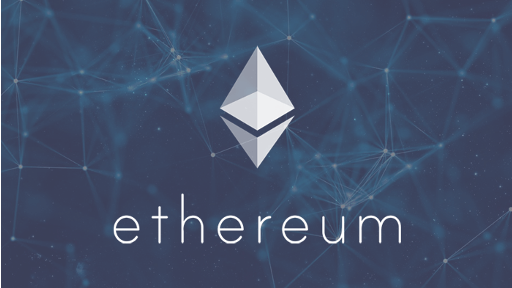Join Our Telegram channel to stay up to date on breaking news coverage
The Ethereum network’s long-awaited transition from a proof-of-work network to proof-of-stake is expected to happen with The Merge. Developers on the Ethereum network have announced they will delay the difficulty bomb for two months to ensure everything goes as planned.
Ethereum difficulty bomb delayed
The difficulty bomb is one of the crucial steps leading up to The Merge. It is a process designed to lower the mining profitability so that miners can no longer be incentivized before The Merge happens.
Tim Beiko, a core Ethereum developer, noted, “in short, we agreed to the bomb delay. We were already over time, and want to be sure that we sanity check all the numbers before selecting an exact delay and deployment time, but we are aiming for a ~2 month delay, and for the upgrade to go live in late June.”
Your capital is at risk.
The difficulty bomb increases miners’ difficulty in verifying transactions on the network, thereby lowering profits. Once the process goes live, it will become impossible for miners to validate transaction blocks. The difficulty bomb was adopted in 2016 as part of the plans leading up to The Merge.
Tim Beiko had previously said that The Merge would happen in August this year. The delay in the difficulty bomb could also delay The Merge, but Beiko did not mention that this would happen.
Ethereum’s transition to PoS has been eagerly awaited by the community. Some have said that the transition will lower the energy consumed by the Ethereum network by 99.9%. However, not all PoS networks are energy-efficient. PoS networks like Polygon and Fantom consume a high amount of energy.
Ethereum adoption is growing
Ether (ETH) has suffered a massive blow caused by the recession across the cryptocurrency market. The token has dropped below $1200, and this coincides with the drop in the global cryptocurrency market cap below $1 trillion
However, despite this price action, Ethereum is still gaining adoption. The daily transactions have remained above one million over the past year. This signals that the network is still handling a huge load.
The number of unique wallet addresses on the Ethereum network has also increased monthly. The number of new unique wallets has not dropped since the first increase in December 2017. There are around 198 million unique wallet addresses on Ethereum, representing a 14.5% increase since December 7, 2017.
Read more:
- How to buy Cryptocurrencies
- How to buy Ethereum
- Gray Glacier’ Upgrade Pushes Ethereum’s Difficulty Bomb to September
Join Our Telegram channel to stay up to date on breaking news coverage


